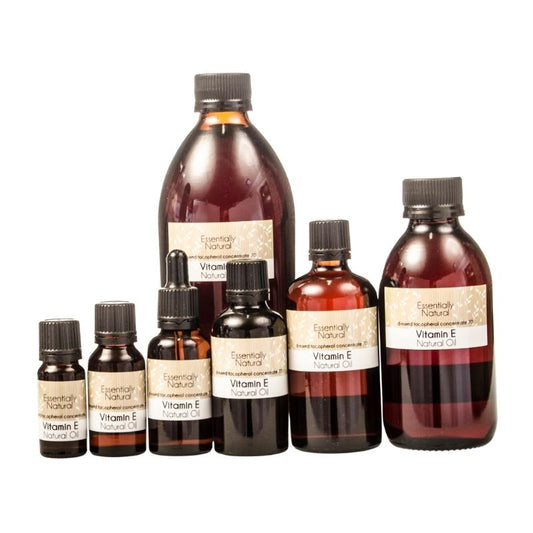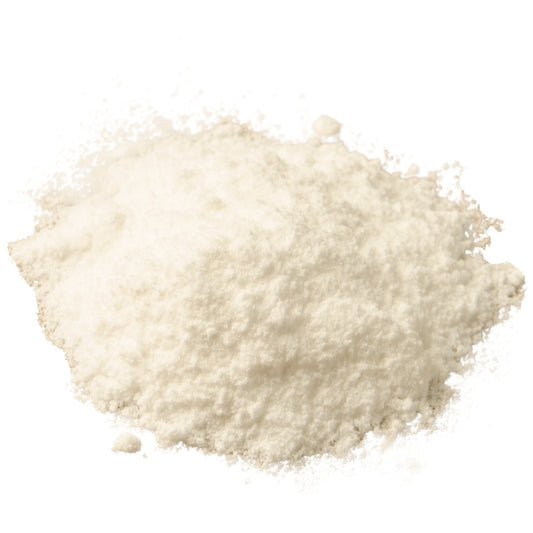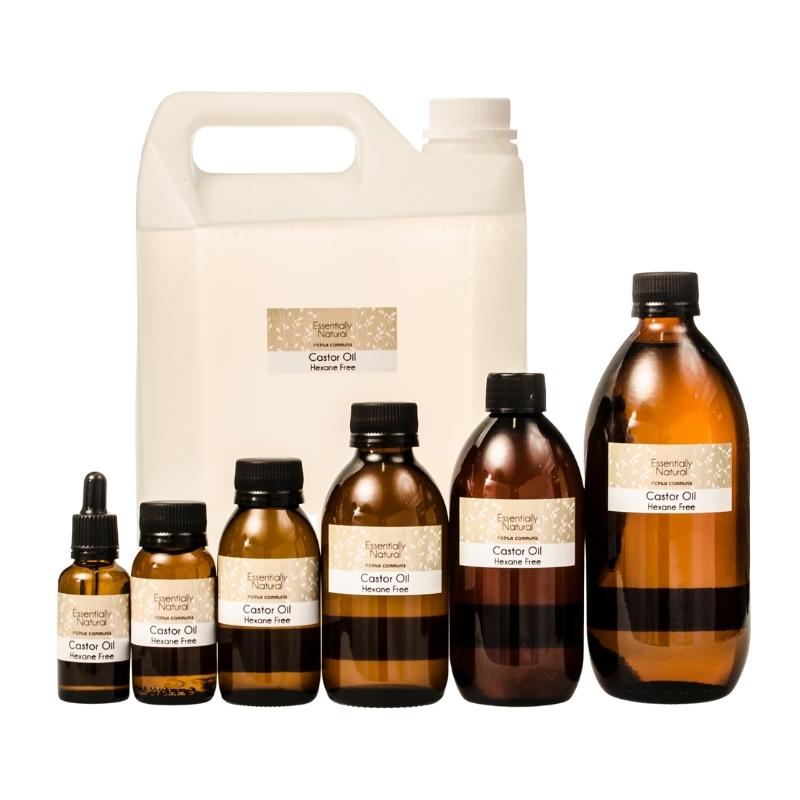
An Underrated Duo: Zinc and Castor Oil Ointment for Hyperpigmentation and Skin Repair
Cayla MandeanIf you're anything like me, you know the frustration of doing everything right, cleansing gently, exfoliating weekly, and still waking up to a surprise breakout. What's worse is the lingering post-inflammatory hyperpigmentation (PIH) that sticks around long after the acne lesion is gone.
You've probably explored the heavy-hitters in the skincare world: niacinamide for its ability to visibly fade dark spots, vitamin C to brighten and protect, and bakuchiol, the gentle yet effective retinol alternative known for boosting cell turnover and improving skin tone. There are also other powerful, naturally derived ingredients that target hyperpigmentation, like azelaic acid, kojic acid and even liquorice extract (to name a few).
These active ingredients are all amazing, well-researched, widely loved by skincare experts, and have earned their place as staples in many routines… for good reason!
But if your skin is asking for something different, there's a lesser-known, multitasking option quietly gaining attention: zinc and castor oil ointment.
What is Post-Inflammatory Hyperpigmentation (PIH)?
At some point or another, you have probably experienced a pimple, maybe even a cyst or nodule. Whether it's due to hormonal shifts, stress, or dietary and lifestyle changes, an acne breakout often leaves behind an unwelcome souvenir - a dark spot.
PIH occurs when inflammation from acne or other skin trauma triggers excess melanin production, leaving behind brown or purplish marks. While not dangerous, I know how emotionally taxing it can be, especially for those of us with melanated skin, where PIH tends to be more pronounced and persistent.
Barrier disruption, prolonged inflammation, and oxidative stress all contribute to these marks overstaying their welcome.
That's where this classic combo comes in. Why might zinc and castor oil ointment become your skin's new best friend? Because it's been quietly doing just that-soothing, protecting, and healing-for generations.
What Is Zinc and Castor Oil Ointment Traditionally Used For?
Zinc and castor oil ointment isn't new, it's a time-tested staple in both home care and clinical settings. Traditionally, it has been used as a soothing barrier cream with applications far beyond the world of beauty:
- Diaper Rash Relief: Its most common use has been in treating and preventing diaper rash in infants. The zinc forms a protective barrier while castor oil moisturises delicate skin.
- Minor Skin Irritations: Often applied to mild abrasions, heat rashes, chafing, or insect bites, thanks to its calming and anti-inflammatory properties.
- Eczema and Dermatitis Soothing: While not a cure, it helps manage symptoms by locking in moisture and protecting broken or sensitive skin.
- Wound Healing Support: Used on small cuts, burns, and grazes to promote healing by creating a moist, bacteria-resistant environment.
- Nipple Balm (Off-label): Some breastfeeding mothers use it to soothe dry, cracked nipples (under guidance), due to its gentle, nourishing texture.
This legacy of skin protection is what makes zinc and castor oil ointment so uniquely relevant, even in a modern skincare routine.
The Benefits of Zinc and Castor Oil
Zinc oxide is gentle on the skin, but it also has:
- Anti-inflammatory properties: Zinc can suppress pro-inflammatory cytokines, helping reduce redness and irritation.
- Wound healing: Zinc supports cellular repair and regeneration, making it ideal for skin recovering from acne.
- Antimicrobial action: It helps control acne-causing bacteria like Propionibacterium acnes.
- Photoprotection: Zinc oxide offers broad-spectrum UV protection, which is essential in preventing hyperpigmentation from getting darker. Did you know? Zinc oxide is also a common ingredient in sunscreens as it provides broad-spectrum UV protection by physically blocking both UVA and UVB rays. This is key when treating hyperpigmentation, as UV exposure stimulates excess melanin production and can worsen dark spots.
Castor oil, derived from the Ricinus communis plant, is rich in ricinoleic acid, a unique fatty acid known for:
- Deep moisturisation: It creates a protective barrier that prevents water loss and is a natural moisturiser.
- Mild anti-inflammatory effects: It can soothe irritated skin and support wound healing. Generally well-tolerated by most skin types and considered low on the comedogenic scale.
- Antioxidant potential: It helps protect against environmental stressors that worsen PIH.
- Fight Against Microbes: Castor oil has antimicrobial properties, which help to inhibit the growth of bacteria on the skin.
Now, imagine pairing these two together? They form a non-comedogenic, skin-loving balm that calms, protects, and subtly brightens, without the harshness of active acids.
Why Zinc and Castor Oil Work for Hyperpigmentation
Unlike acids or retinols that can sometimes thin or irritate the skin barrier when overused, zinc and castor oil work with your skin. They're gentle enough to be used daily and particularly beneficial for sensitive or compromised skin. It can work complementarily to other active ingredients.
If you have over-exfoliated, sunburned, or recently peeled skin, this combo is the perfect solution.
Especially with winter approaching, it is perfect to reinforce the skin barrier, reducing inflammation while moisturising, and shielding the skin from UV rays.
This duo tackles PIH from all sides. It won't get rid of dark marks and spots overnight, but it will support your skin in healing on its own terms, gently and naturally.
You can find zinc and castor oil ointments in pharmacies (often marketed for baby care), but if you're someone who loves DIY skincare, you can make your own with just a few basic ingredients:























